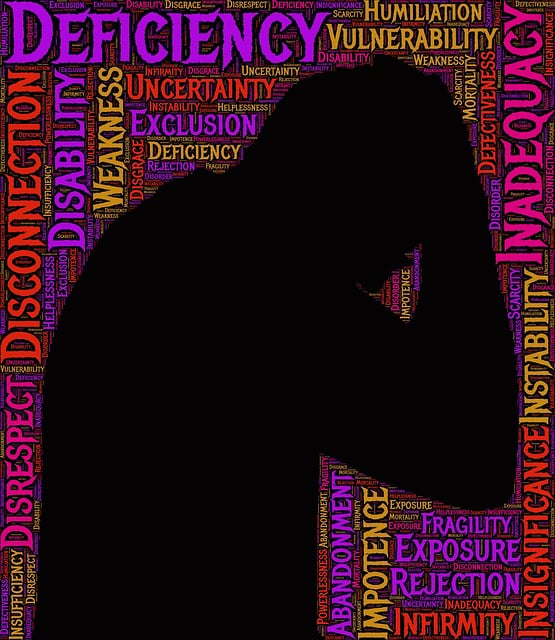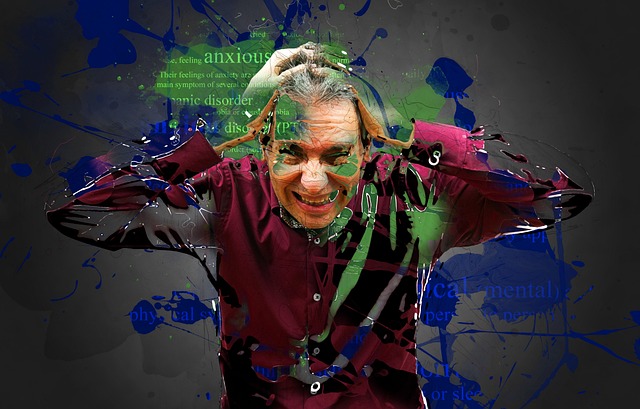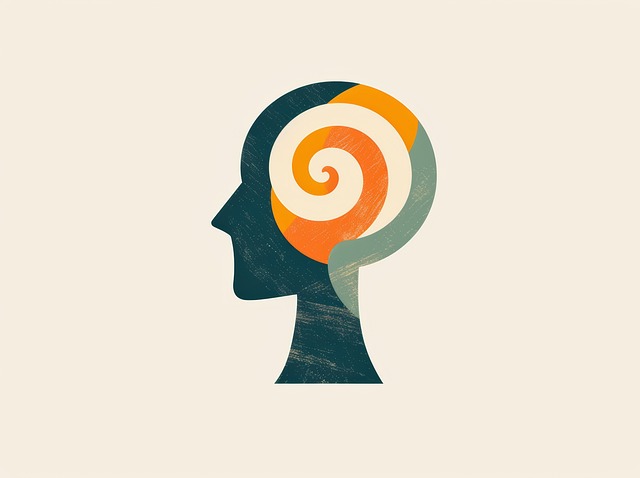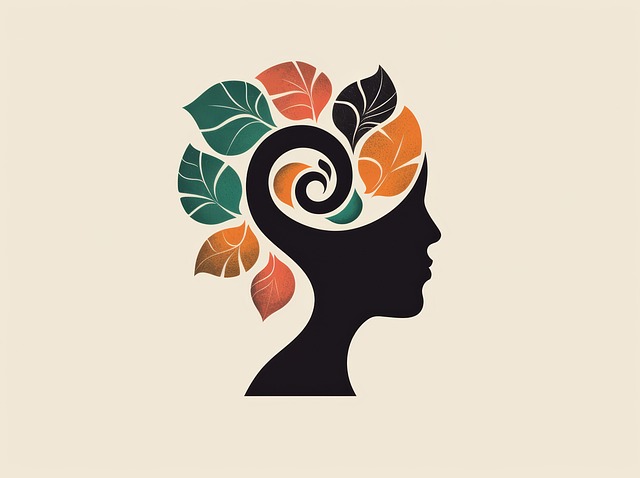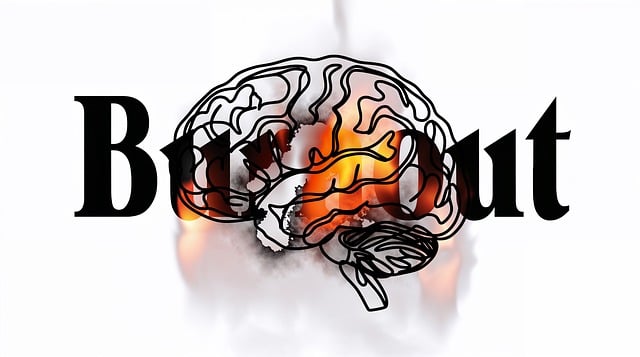Children's therapy presents unique challenges in communication and sensitive relationships, requiring therapists to use methods like play therapy and Somatic Experiencing (SE). SE focuses on the mind-body connection, addressing physical residues of trauma through safe, guided practices. However, it needs specialized training and adaptation for age-appropriate engagement. Comprehensive risk assessment strategies, integrating SE with evidence-based methods, are crucial for client safety and fostering healing environments. Building resilience among mental health professionals through training programs like SE and advocacy for supportive work environments enhances client support while mitigating risks.
Mental health professionals face unique challenges, especially when working with children. This article explores the intricate risks inherent in children’s therapy and offers a comprehensive guide to navigating these complexities. We delve into the benefits and challenges of integrating Somatic Experiencing techniques, a powerful tool in trauma therapy. Additionally, we present robust risk assessment strategies and emphasize the vital role of building resilience through specialized training and supportive systems. Understanding these aspects is crucial for professionals aiming to provide safe, effective therapy for children.
- Understanding the Unique Risks in Children's Therapy
- Integrating Somatic Experiencing Techniques: Benefits and Challenges
- Comprehensive Risk Assessment Strategies for Mental Health Professionals
- Building Resilience: Mitigating Risks through Training and Support Systems
Understanding the Unique Risks in Children's Therapy

Children’s therapy presents a unique set of risks that mental health professionals must be adept at navigating. Unlike adult clients, children cannot always articulate their experiences or express complex emotions verbally, making it crucial for therapists to employ alternative methods such as play therapy and Somatic Experiencing. These techniques, while effective in facilitating healing, introduce distinct challenges. For instance, the therapist-child relationship is highly sensitive, requiring a deep understanding of child development and attachment theories to ensure trust and safety.
Additionally, children’s inherent vulnerability necessitates rigorous risk assessment protocols. This includes considering factors like past trauma, family dynamics, and the potential for re-traumatization during therapy. Public awareness campaigns and stress management workshops can play a pivotal role in equipping mental health professionals with the knowledge and tools to manage these risks effectively, thereby fostering a secure environment conducive to growth and healing.
Integrating Somatic Experiencing Techniques: Benefits and Challenges

Integrating Somatic Experiencing (SE) techniques into therapy for children offers a unique and powerful approach to mental health support. SE focuses on the connection between the mind and body, recognizing that traumatic experiences often leave physical residues that can be addressed through specific practices. For children, this method can be particularly beneficial, as it allows them to process and release held-back emotions and memories in a safe and guided manner. Therapists using SE techniques can facilitate resilience building by helping young clients become more attuned to their bodies’ signals, thereby fostering improved emotional regulation skills.
Despite its advantages, incorporating SE into practice presents challenges. Mental health professionals must receive adequate training in somatics to ensure they can guide clients safely through the process. Additionally, working with children requires a high level of sensitivity and adaptability to make SE techniques age-appropriate and engaging. Moreover, while SE is valuable for trauma healing, it may not be suitable for all cases, and therapists need to be mindful of when and how to integrate these practices, balancing them with evidence-based stress reduction methods like mindfulness meditation.
Comprehensive Risk Assessment Strategies for Mental Health Professionals

Mental health professionals require robust comprehensive risk assessment strategies to ensure safe and effective practice. A thorough evaluation involves considering a wide range of factors that can impact client well-being, including personal history, current presenting issues, family dynamics, cultural context, and co-occurring disorders. Incorporating techniques like Mindfulness Meditation and Trauma Support Services alongside traditional assessments allows for a nuanced understanding of clients’ experiences and vulnerabilities.
Effective risk management planning for mental health professionals necessitates ongoing monitoring and re-evaluation. By integrating Somatic Experiencing and other evidence-based approaches, therapists can enhance their ability to identify emerging risks and implement timely interventions. This proactive approach prioritizes client safety while fostering a therapeutic environment that promotes healing and growth.
Building Resilience: Mitigating Risks through Training and Support Systems

Building resilience among mental health professionals is a strategic approach to mitigate risks and enhance their ability to support clients effectively. Training programs focused on trauma-informed care, such as Somatic Experiencing therapy for children, equip practitioners with tools to handle complex cases. These techniques not only boost confidence but also prevent burnout, a common challenge in the field.
Mental health policy analysis and advocacy play a crucial role in fostering supportive work environments. By advocating for policies that prioritize well-being and provide access to resources like peer support networks, professionals can navigate challenges more effectively. This holistic approach ensures that mental health practitioners remain resilient, offering quality care without compromising their own mental health.
Mental health professionals, particularly those specializing in therapy for children, face unique risks that demand tailored risk assessment strategies. Integrating techniques like Somatic Experiencing can offer significant benefits in handling traumatic experiences, but it also presents challenges. Comprehensive risk assessment is crucial to ensure the well-being of these professionals. By adopting robust training programs and supportive systems, we can build resilience within this vital workforce, thereby enhancing the quality of care they provide, especially when dealing with sensitive cases like therapy for children and incorporating Somatic Experiencing techniques.
